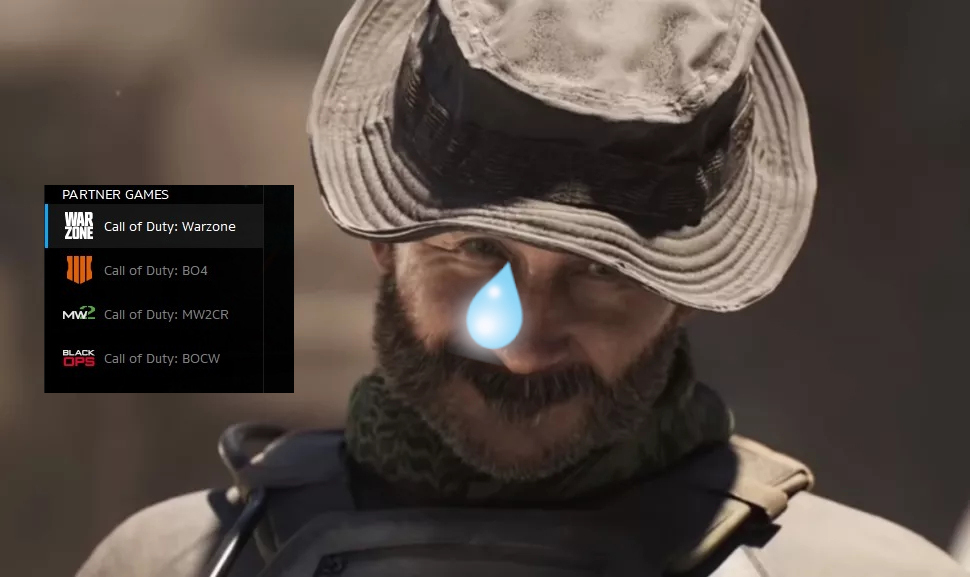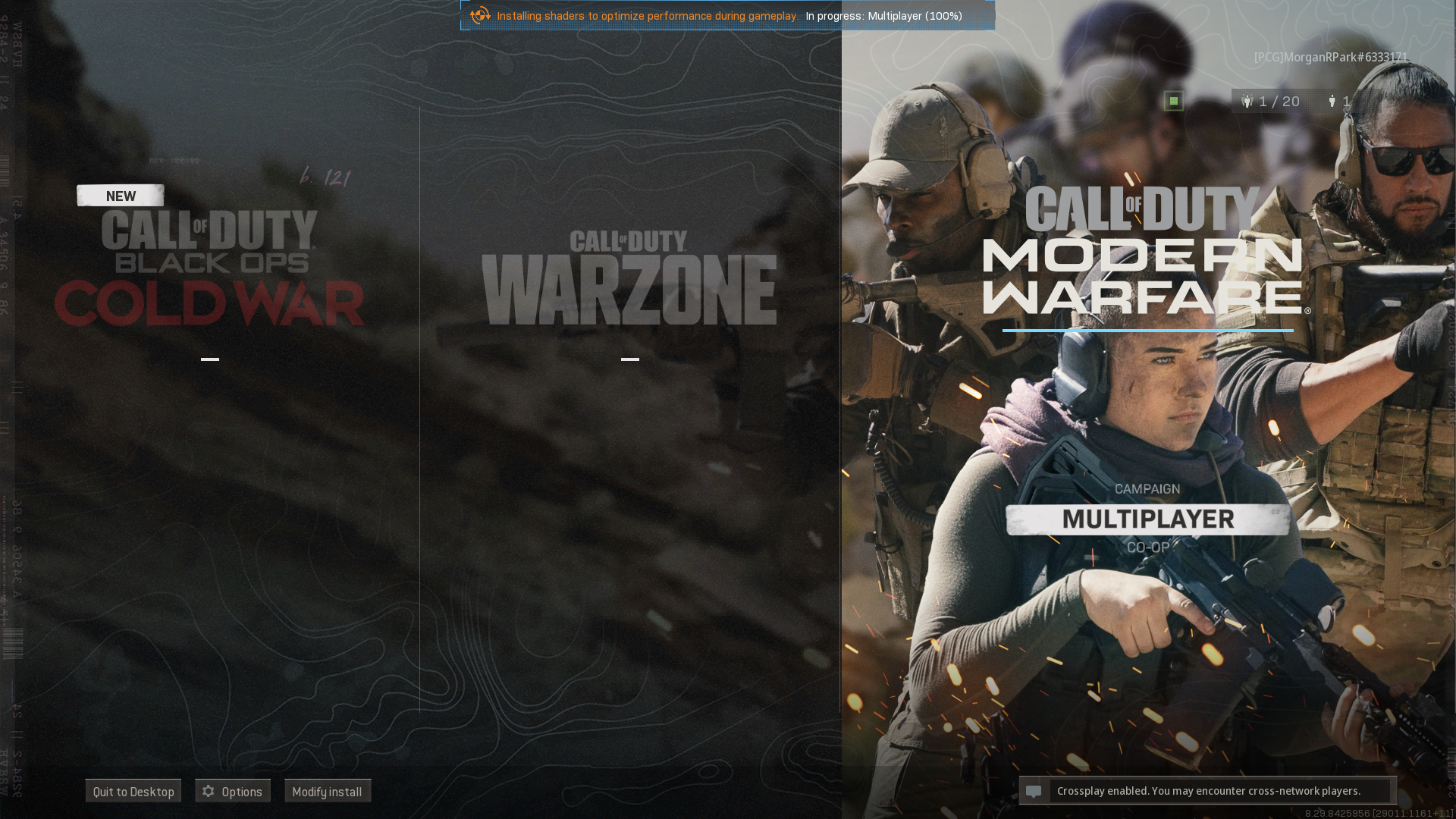Call of Duty: Warzone has eaten Modern Warfare
There used to be a game called Modern Warfare on my PC.

Hey, where did Call of Duty: Modern Warfare go? You know, the one with Captain Price and Gunfight and all that? That was a great game—one of the best CoDs ever, even—but after December’s Call of Duty: Black Ops - Cold War Season 1 update that merged the game with Warzone, it disappeared from Battle.net.
Warzone ate it.

That’s right, the spot where Modern Warfare used to sit in the Battle.net launcher has been completely replaced by a dedicated Warzone button. The only evidence left that there’s still an entire separate CoD in there is a faded “MW” tucked under the main Warzone logo.
It’s a bit surreal to watch the unprecedented replacement/transformation of one game into another, but it’s not exactly surprising. Activision is really just finishing the job it started last year. It’s been clear since Warzone launched as a side mode in March 2020 and became an instant success that it would become the “main” Call of Duty. The free-to-play battle royale game pulls in tens of millions of players monthly and updates frequently with new weapons, modes, and cosmetics. In less than a year, it has become Activision’s tentpole service game to compete with juggernauts like Fortnite. Now, it’s official.
Even before the recent rebranding, Warzone was the front-and-center mode on Modern Warfare’s main menu. As Infinity Ward moves on to (presumably) its next standalone CoD joint, no new Modern Warfare weapons or maps are on the way. All 30+ Cold War weapons that were added to Warzone in December aren’t accessible in Modern Warfare’s multiplayer. As someone who still prefers Modern Warfare over Cold War, its exclusion stings a bit. I’d much rather level up those weapons in the game with better shooting and more maps, but it seems Activision would rather push players to grind in the newer game instead.

On a technical level, Warzone was already the core of Modern Warfare. Of the entire Modern Warfare package including Multiplayer, Spec Ops, and Campaign, Warzone is the only chunk that can’t be deleted separately. You need it installed to play anything else in the game—meaning that Modern Warfare is an add-on to Warzone, not the other way around.
That’s the main takeaway of this bizarre baton switch. You can still play Modern Warfare all the same, but you’ll need to launch Warzone first and select the rightmost option for Campaign, Multiplayer, or Spec Ops. At least, that’s how it works for now. Maybe 2021’s Call of Duty will finally push MW out of the main menu entirely.
The biggest gaming news, reviews and hardware deals
Keep up to date with the most important stories and the best deals, as picked by the PC Gamer team.
As Warzone carries its momentum into 2021, the game has had no shortage of game-breaking bugs and balancing issues. The exploit that let players slaughter the competition with an invisible helicopter was quickly patched, but now we've learned it's possible to enter the Gulag with a full loadout.
- Warzone bunker codes: All combinations and locations
- Warzone map: Master Verdansk and Rebirth Island
- Best Warzone loadouts: Finest overall setups

Morgan has been writing for PC Gamer since 2018, first as a freelancer and currently as a staff writer. He has also appeared on Polygon, Kotaku, Fanbyte, and PCGamesN. Before freelancing, he spent most of high school and all of college writing at small gaming sites that didn't pay him. He's very happy to have a real job now. Morgan is a beat writer following the latest and greatest shooters and the communities that play them. He also writes general news, reviews, features, the occasional guide, and bad jokes in Slack. Twist his arm, and he'll even write about a boring strategy game. Please don't, though.

